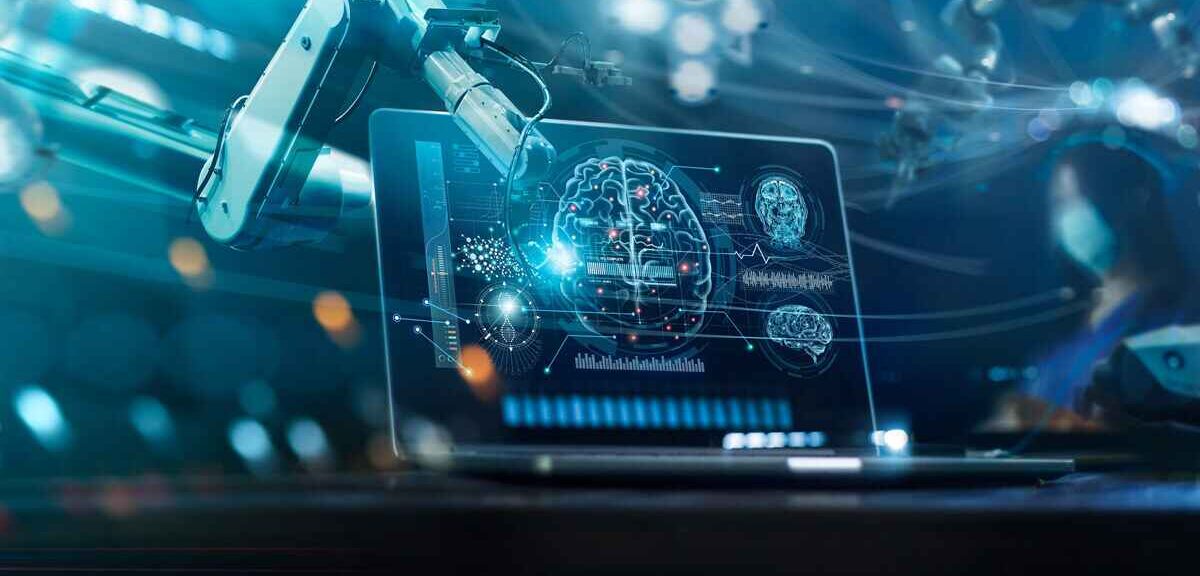Generative AI is changing how we create content, solve problems, and innovate. But why is human assessment critical to the responsible use of generative AI? Let’s explore this important question.
Human assessment is crucial because AI, while powerful, lacks real-world understanding and ethical judgment. Humans need to verify AI outputs for accuracy, appropriateness, and potential biases. This oversight ensures that AI-generated content is reliable, ethical, and aligned with human values and intentions.
In this blog, we’ll dive deeper into why human involvement is essential when using generative AI and how we can use these tools responsibly.
Table of Contents
- Understanding Generative AI
- 6 Reasons Why Human Assessment is Critical to the Responsible Use of Generative AI
- Real-World Examples of Human Assessment in AI Use
- Conclusion
Understanding Generative AI

Generative AI is a type of artificial intelligence that can create new content. It’s like a smart computer program that can write stories, create pictures, or even compose music. These AI tools learn from lots of data and then use what they’ve learned to make new things.
Think of it like a super-creative robot. You give it an idea, and it comes up with something new based on that idea. Popular examples include ChatGPT for writing and DALL-E for making images. While these tools are amazing, they’re not perfect. That’s why we need humans to check and improve what they create.
6 Reasons Why Human Assessment is Critical to the Responsible Use of Generative AI

Here are some reasons why human assessment is critical to the responsible use of generative AI:
1. Ensuring Accuracy
AI can make mistakes or give outdated info. Humans need to double-check facts to make sure they’re right. For example:
- AI might mix up dates or names
- It could use old data that’s no longer true
- Humans can spot these errors and fix them
2. Understanding Context
AI doesn’t always get the full picture. Humans are better at understanding:
- The real meaning behind words
- Cultural differences
- Jokes and sarcasm
This helps avoid misunderstandings or offensive content.
3. Ethical Decision Making
AI doesn’t have a moral compass. Humans need to make sure AI-generated content is:
- Fair and unbiased
- Respectful to all groups
- Not harmful or misleading
We decide what’s right or wrong, not the AI.
4. Quality Control
While AI can create a lot of content quickly, it might not always be good. Humans can:
- Improve the writing style
- Make sure ideas flow well
- Add a personal touch
This helps make the content more engaging and useful.
5. Protecting Privacy
AI might accidentally share private info. Humans need to:
- Check for personal details that shouldn’t be shared
- Make sure the content follows privacy laws
- Remove any sensitive information
This keeps people’s data safe.
6. Creativity and Originality
AI learns from existing content, which can lead to:
- Repetitive ideas
- Lack of truly new concepts
Humans can add fresh perspectives and unique ideas that AI might miss.
By keeping these points in mind, we can use AI tools responsibly and get the best results. Human oversight makes sure AI helps us without causing problems.
Real-World Examples of Human Assessment in AI Use
Let’s look at some real-life situations where human assessment of AI is important:
1. News Writing
A news website uses AI to write quick reports. But before publishing, human editors read each story. They check facts, add context, and make sure the tone is right. This helps avoid fake news and keeps reporting accurate.
2. Customer Service Chatbots
Many companies use AI chatbots to answer customer questions. However, human agents step in when:
- The AI doesn’t understand a complex question
- A customer gets frustrated with the bot
- The issue needs a personal touch
This ensures customers get the help they really need.
3. AI in Healthcare
Doctors use AI to help diagnose diseases from X-rays or scans. But they always review the AI’s suggestions themselves. The doctor’s knowledge and experience are crucial for making the final call and explaining things to patients.
4. Content Moderation
Social media platforms use AI to flag harmful content. But human moderators make the final decision on tricky posts. They understand the context and cultural nuances that AI might miss.
5. Legal Document Review
Lawyers use AI to search through lots of documents quickly. But they always double-check the AI’s work. This makes sure no important details are missed in legal cases.
6. Movie Subtitles
AI can quickly create subtitles for movies. But human translators review and fix them. This catches mistakes and makes sure jokes and cultural references make sense.
These examples show how humans and AI work together. The AI helps with speed and handling lots of data. Humans add understanding, judgment, and a personal touch. This teamwork leads to better results than either could achieve alone.
Conclusion
In conclusion, human assessment is critical to the responsible use of generative AI because it ensures accuracy, ethical use, and quality in AI-generated content. While AI tools are powerful and efficient, they lack human judgment and real-world understanding. By combining AI’s capabilities with human insight, we can harness the benefits of this technology while avoiding potential pitfalls.
As we move forward in this AI-driven world, it’s crucial to remember that AI is a tool to assist us, not replace human thinking. By staying involved in the process and using our uniquely human skills, we can make the most of generative AI while using it responsibly and ethically.

